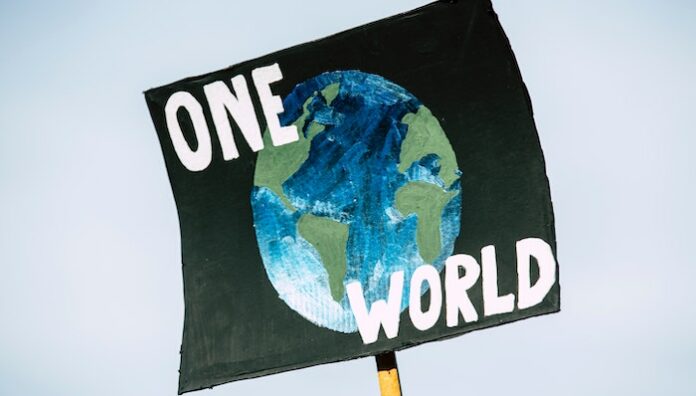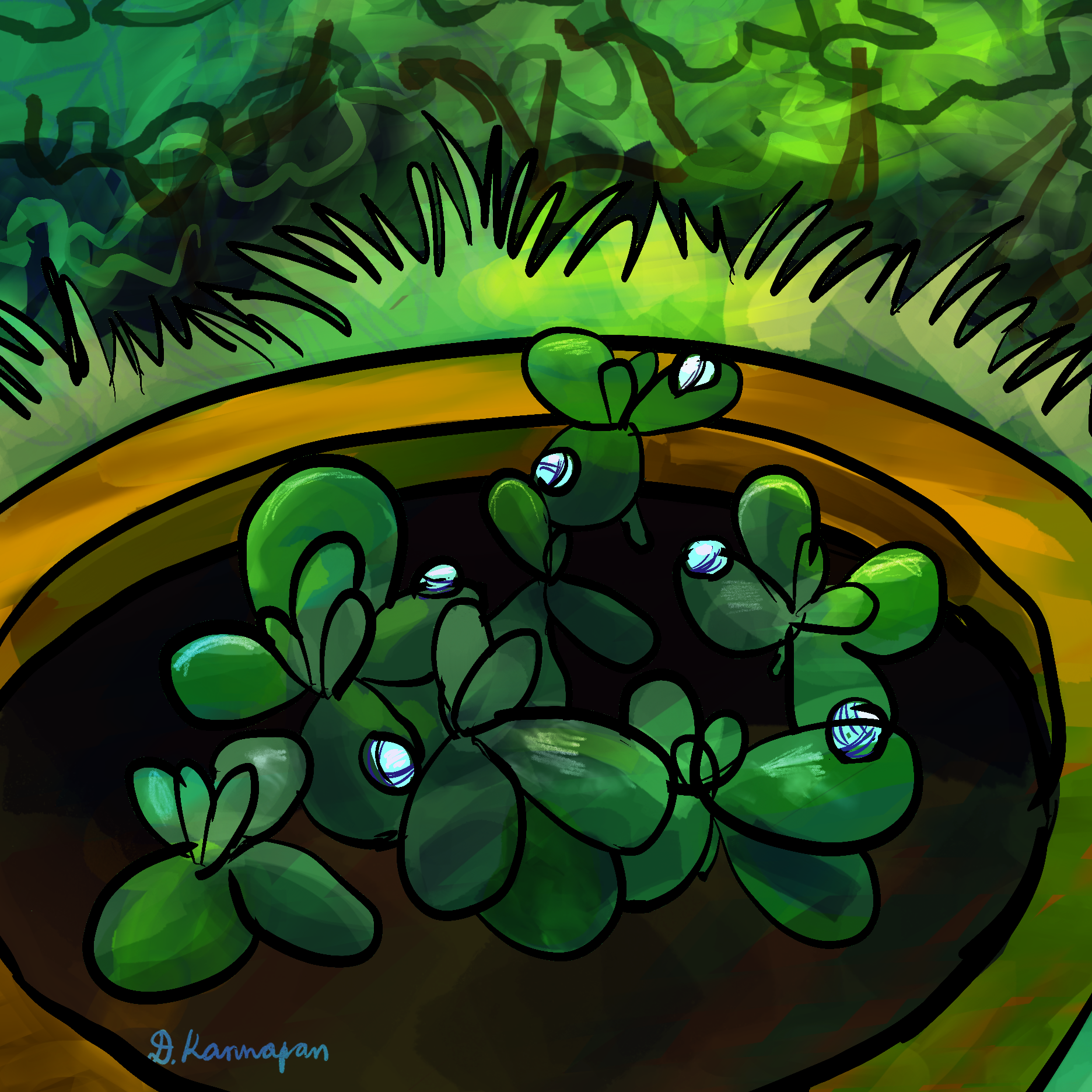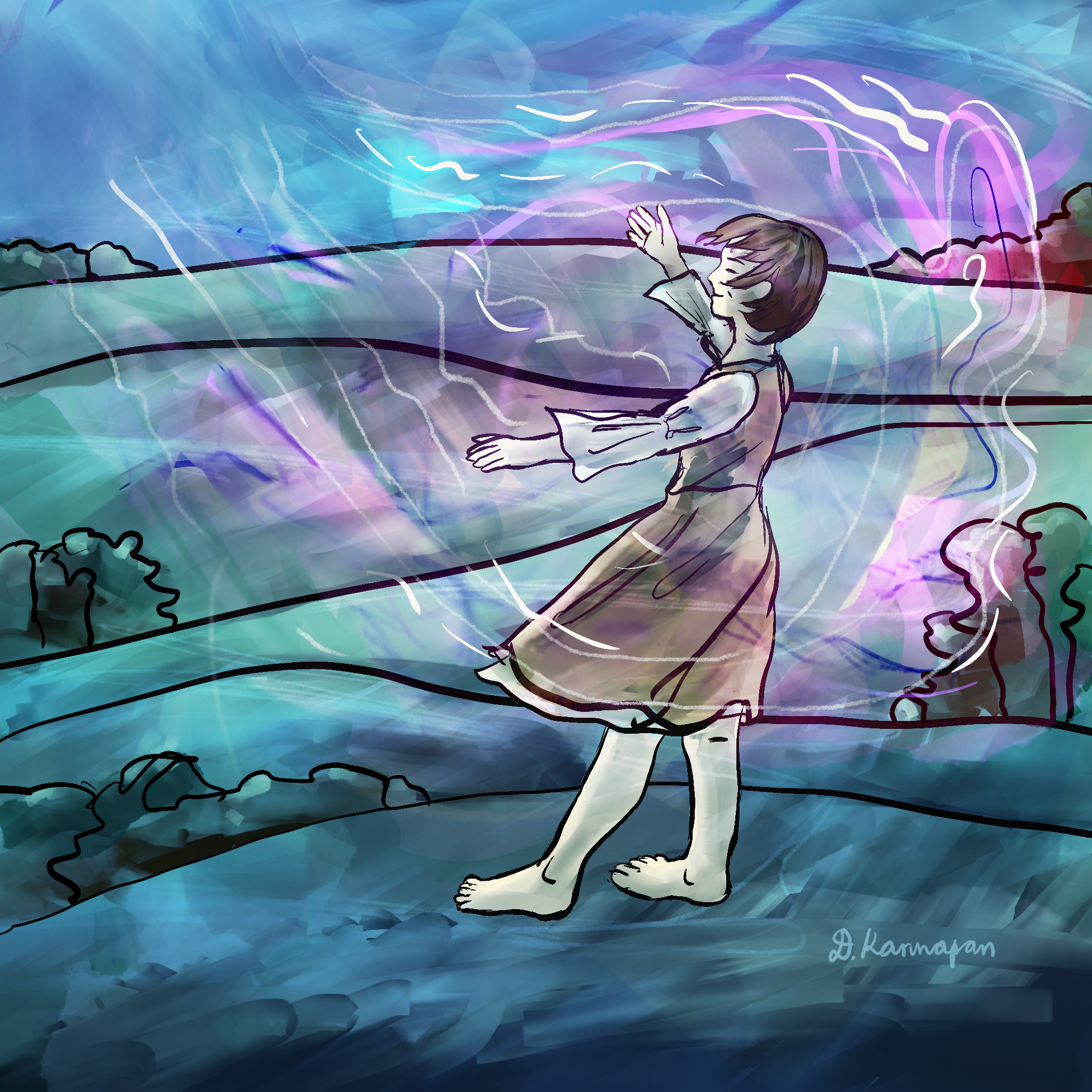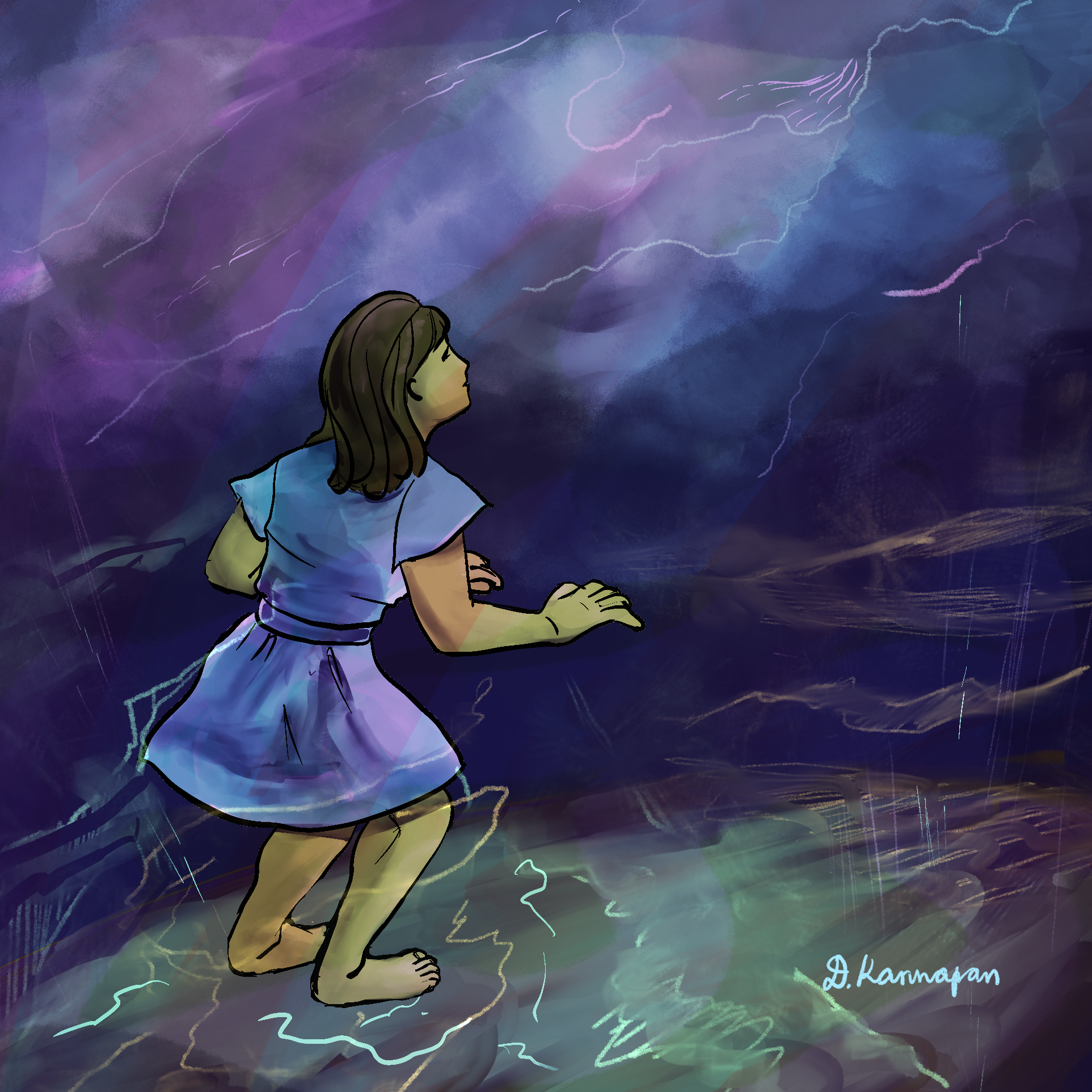A combined writing/drawing challenge may be just what you need.
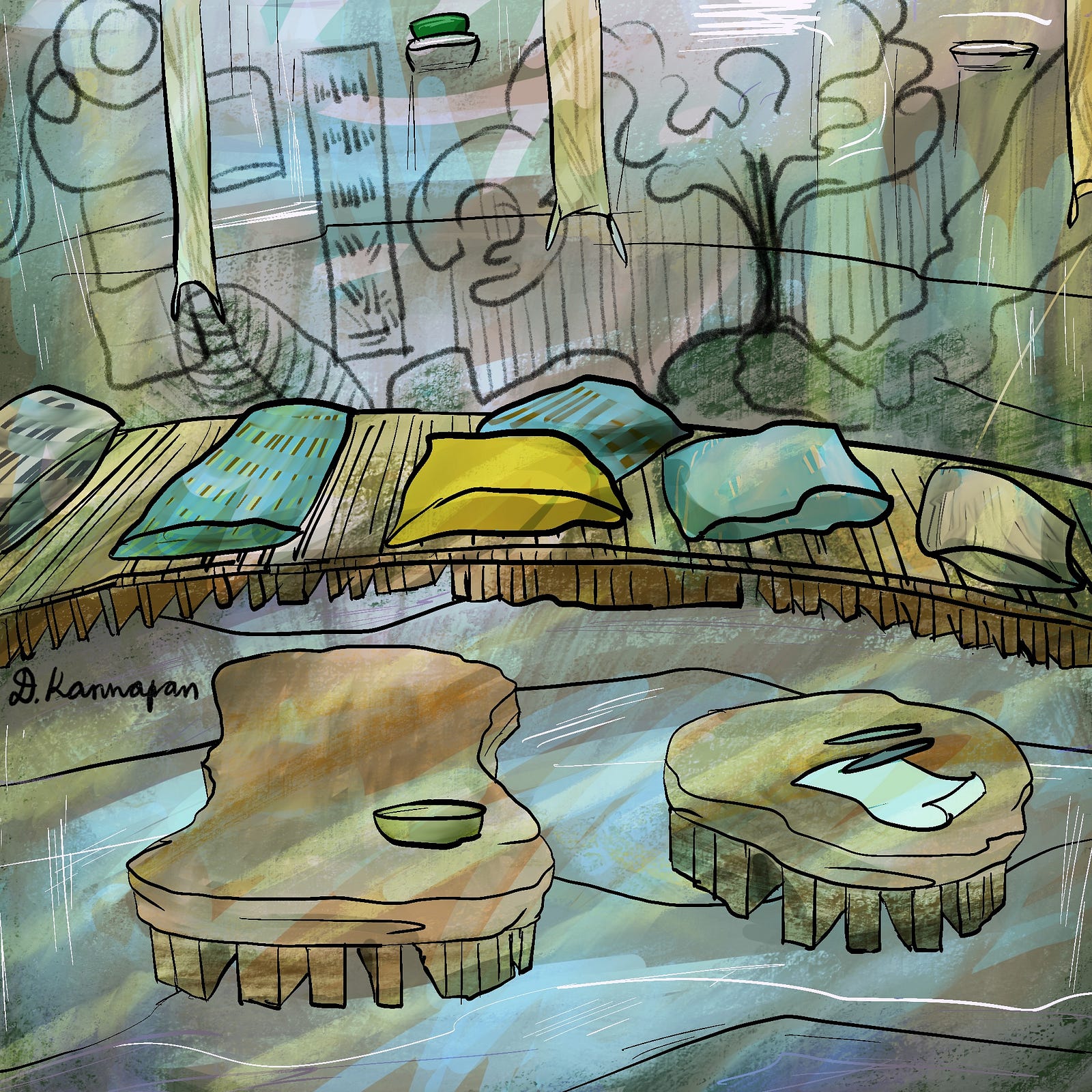
I’ve been working on a fantasy novel for a couple of years now, and I tend to work on it in sprints between other, shorter projects.
In December 2022, I cleared my schedule to work on my novel for a month. I was on my second draft and I hadn’t looked at it for a few months, which made the prospect of starting up again intimidating.
After pondering over my next course of action, I arrived at my favorite solution to creative blocks: an art challenge.
I decided that, for the month of December, I would do at least one of three activities every day: draw, write my novel, or prepare to write my novel (e.g. plotting, world-building, etc.). In effect, I mashed together Inktober, Preptober, and NaNoWriMo, with a bit of flexibility to choose between them day-to-day.
I also made intermittent updates on YouTube along the way.
Looking back, it was one of the most successful of my self-imposed creative challenges. I made huge leaps in clarity about my novel and kicked off some writing momentum that lasted for months afterward.
Writing and art go well together
I mostly drew on days when I was stuck in my novel. The main difficulty I had was in engaging my visual imagination for descriptions.
It’s easier for me to develop visuals through drawing, and then describe in words from there, rather than try to go straight from imagination to words.
Switching back and forth between writing and drawing was helpful in other ways, like in managing my energy and a sense of continuity. I frequently need to rest the verbal part of my brain, and it was nice to be able to do that while still steeping my imagination in my fictional world.
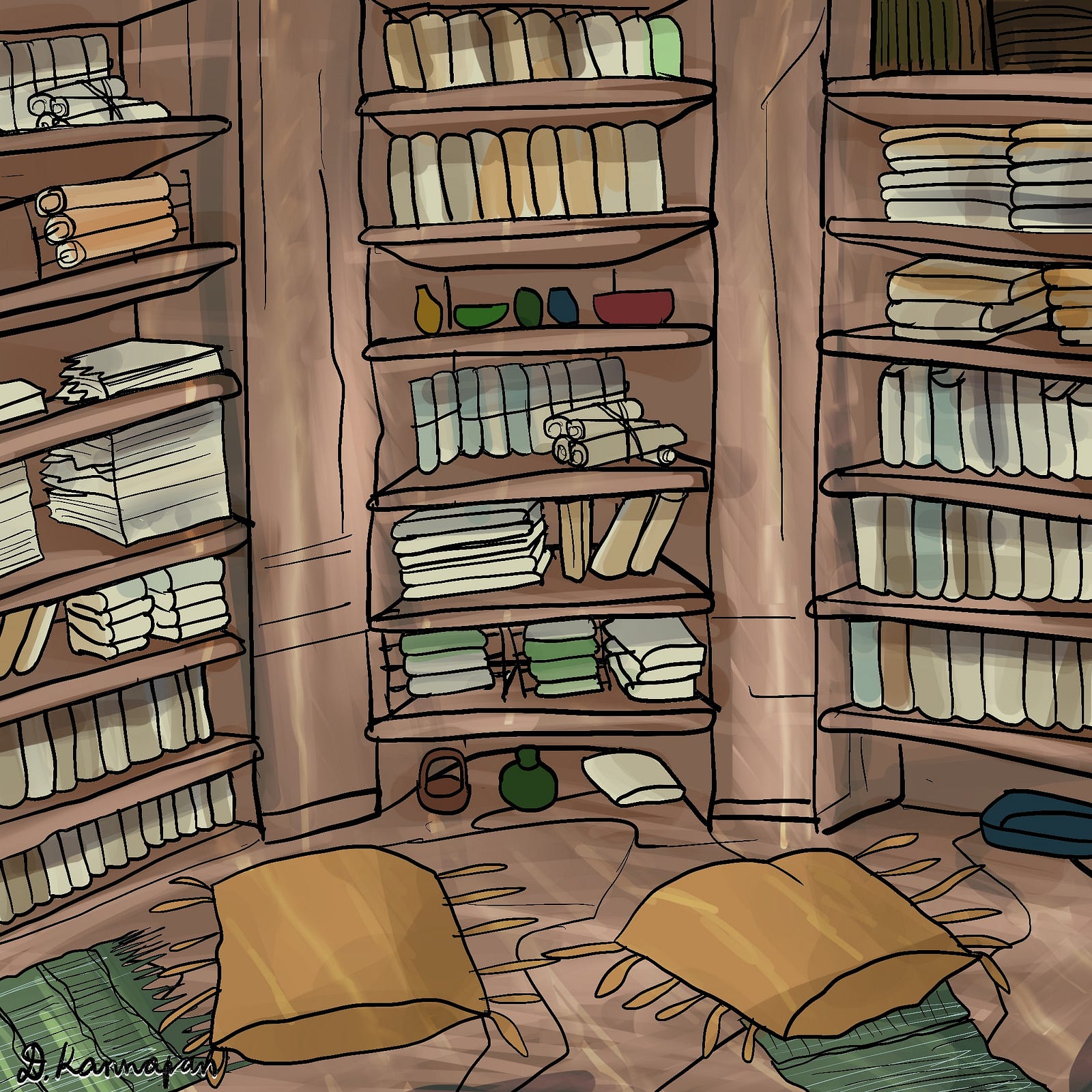
The practice developed my art skills.
Even though I chose to write rather than draw on most days, I still got more art practice than in an ordinary month.
Generally, the biggest obstacle to sitting down and drawing is deciding on a subject. In this case, the subjects were dictated by the needs of my writing, so I could get into the art straightaway without having to make too many decisions.
That’s a lesson I’ve taken away from this experience: for art challenges, it’s worth taking the time to pre-decide what subjects to draw. It makes executing the project much easier on busy days.
As I write this, it occurs to me that one could use other types of writing projects to a similar advantage, for example, illustrating a month’s worth of blog posts could be a good theme for an art challenge. (If you are some type of writer, how would you adapt this approach to your needs?)
The result of all this practice was to clarify my illustration process and style (for this particular type of fantasy illustration), which I will go into a bit more in the next section.
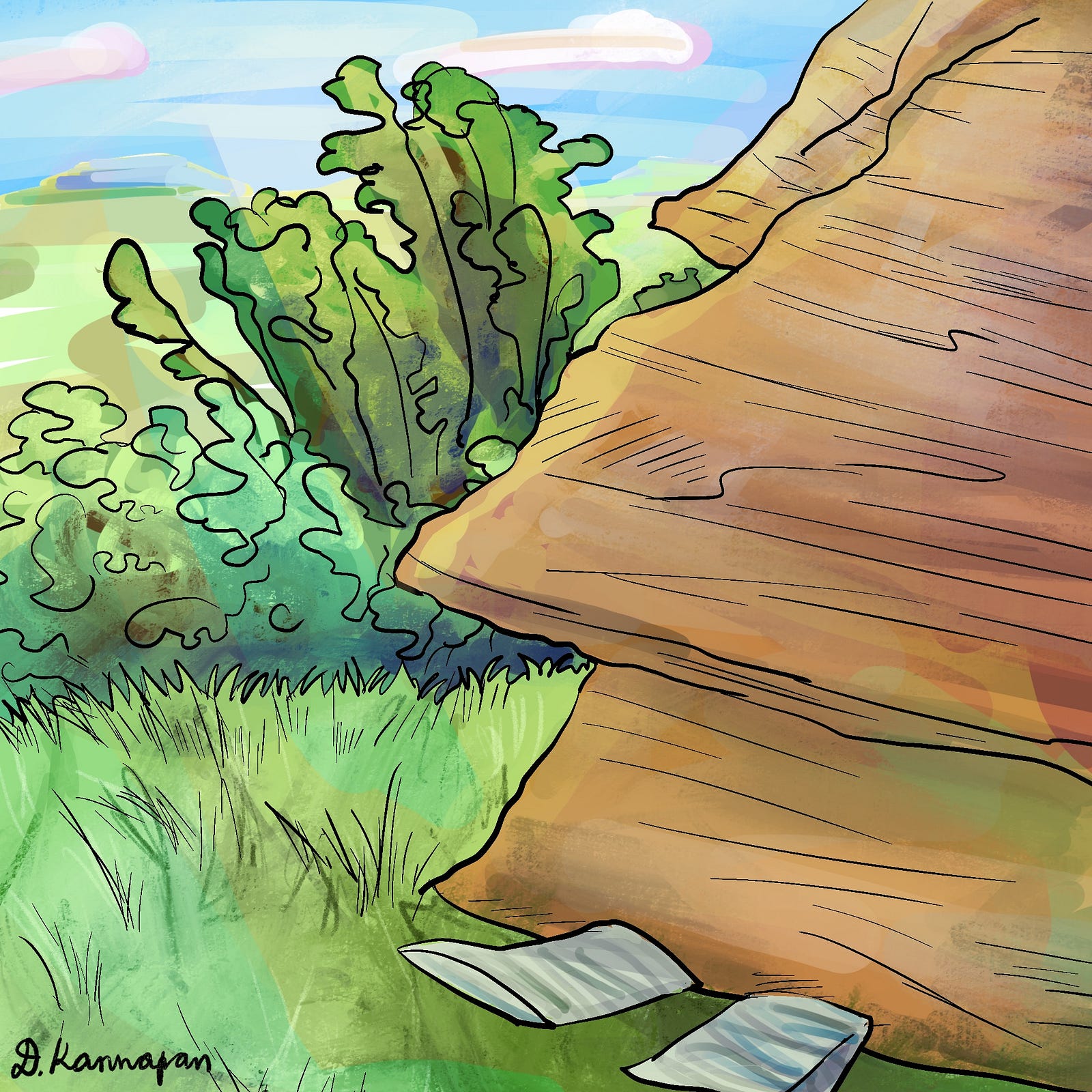
Illustration process
For the artists reading this, the process I used may be of interest, so I will share a few notes here.
- These illustrations were done in Procreate on an iPad, but the process is similar if you use Photoshop or Clip Studio.
- I used a few reference photos including pictures I’d taken on vacation and images I looked up of cliff dwellings from around the world.
- I started each drawing from a template file with all the layers I need already set up. I got the idea to make the template from this video by LavenderTowne. The important layers are named (from the bottom) Sketch, Flat, Color (which is set to ‘clipping mask’), Shading (which is a multiply layer set to ‘clipping mask’), and Ink.
- First I sketched roughly on the Sketch layer, and when I was happy with it, I jumped up to the Ink layer and made cleaner line art. Then I used the select tool on the Ink layer and filled the selection on the Flat layer. (If you’re wondering what ‘flat’ means here, this tutorial might help.) Then I colored and shaded with the brush tool on the respective layers.
After the basic steps, I usually ended up adding some extra layers (set as overlay layers) for fun, atmospheric light effects. I’d brush on a variety of colors, erase swirls out of them, and smudge them around to act like sunlight.
Having done a few of these art challenges, I’ve learned that the longer the challenge, the more flexible it has to be. I chose to make this a month-long, so I left room in the parameters to adapt to the needs of my project.
I knew this format suited me because it let me build momentum.
Best of all, I reached the end with some energy left in the bank, ready to keep up the writing habit for several more months. (I only stopped when I ran into a new obstacle in my novel, which I’m going to try to tackle now with, you guessed it! Another art challenge.)
This was my second art challenge (first one here), and the one that convinced me that I’d keep doing this style of project whenever I could.
If you’d like to read more about this project, you can read/watch all the updates I made along the way!
Originally appeared in Share Your Creativity
